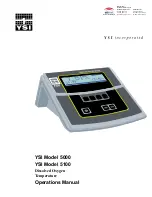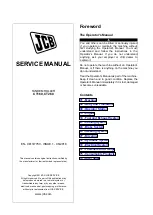
Z
Hint: Note: some
audio applications
require additional steps of
activation, so the in- or
outputs of the UCON can
actually be used. For
further details, please
take a look at the manual
of the audio application.
Z
If problems with clicks
and crackling appear in
the audio material, even
though the USB- and
ASIO latency are set up
correctly, try different
positions of this slider!
Z
Attention: The buffer
time set up here must not
be smaller then the value
of the “USB Audio
Latency”!!!
With a click on an entry of an in- or output in the
column “name (alias)”, you can change its name.
This name will also appear this way in the ASIO
application. For example: You re-name “UCON
CX Digital Record” to “From CD-Player”. Now
you can see in the audio program at first glance,
which signal origins from the CD-player.
In the bottom left corner of the window, the
“Execution priority”-slider is situated. It can be
moved between “high” and “low” by dragging it
with the mouse. In position “high” the transfer of
the audio data between ASIO audio application
and UCON receives the highest priority. That
means the CPU of the computer processes them
preferably.
In position “low” the calculation of plug-in
effects is given the highest priority, the audio
data transfer is cared about secondarily.
In the bottom right corner of the window, the
“buffersize in samples”-field is situated. With a
click into this field, you can enter a value using
the computers’ keyboard. This value defines the
delay time (latency) of the audio data transfer for
ASIO.
Example: When working with a sample rate of
44.1 kHz, a buffer size of 176 samples will give
you a delay time of 4ms. Working with a sample
rate of 88.2 kHz, 176 samples will give 2ms
delay.
39
Summary of Contents for UCON CX
Page 1: ...UCON CX User s Guide...
Page 6: ...4...
Page 12: ...Connectors Here is one example of how the UCON can be set up in a music studio environment 10...
Page 33: ...31...
Page 53: ...51...
















































